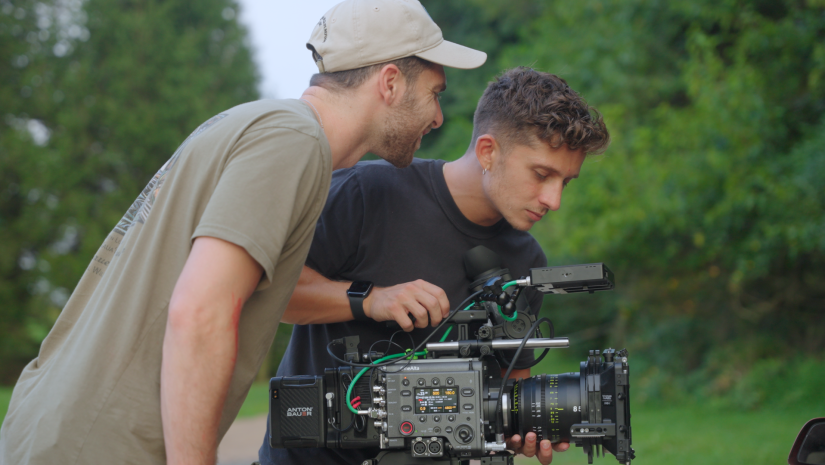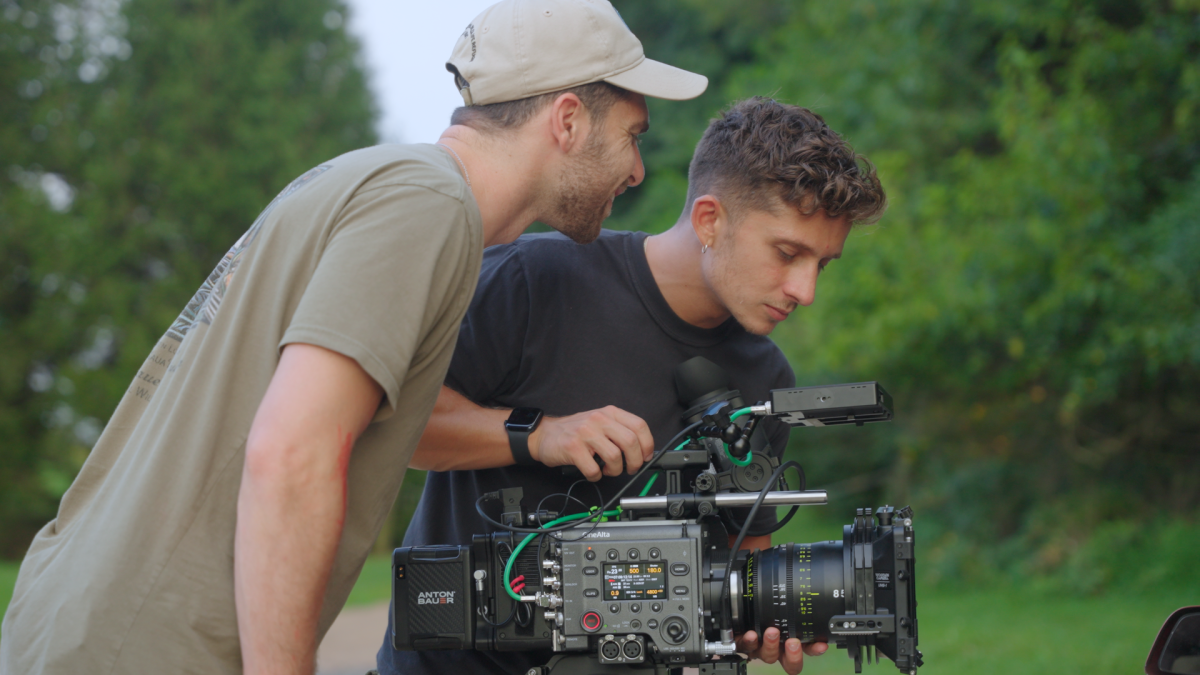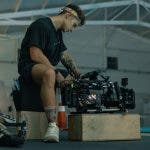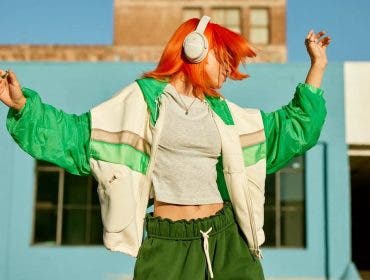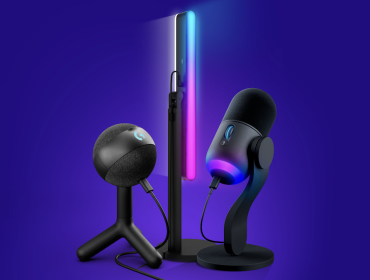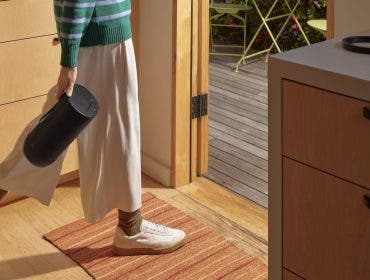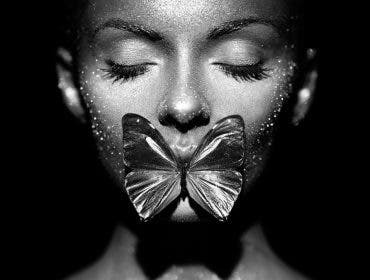The job of a cinematographer includes many things. But one specific task we are definitely in charge of is determining the right tool for the job. And when I say tool, I mean the camera that will be used for a specific project.
There are a few things you must consider when deciding what camera body to use:
- Resolution
- Color Science
- Cost
- Usage (In terms of operation and style of shooting)
- Low Light Capabilities
As someone who owns both a Sony Venice and Sony FX3, I have had plenty of on-set working experience with both cameras. More times than not, I tend to bring the Sony FX3 with me anywhere I go, even on shoots with the Sony Venice.
Why Use the Sony Venice?
For most of my work, I use the Sony Venice because of its 15-stop dynamic range, 6K resolution, and full-frame open-gate look. It is truly a look and feeling that I have become accustomed to.
I also have a crew with me that helps take responsibility for the camera, which is necessary for a camera like Venice. It is not a camera that is easily usable by yourself, especially on a set that requires you to move at a decent pace.
Why Is the Sony Venice a Great Choice?
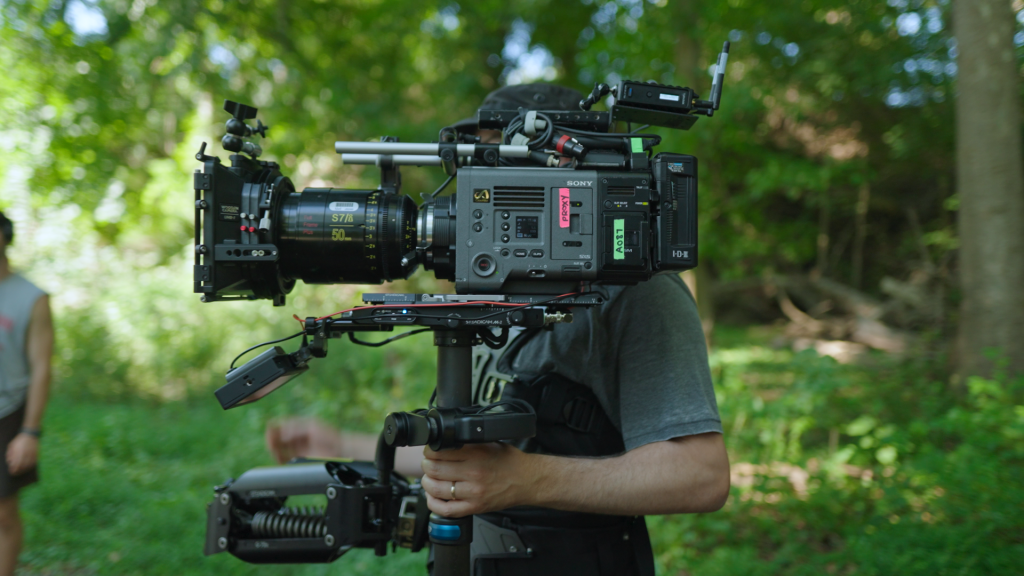
The Sony Venice is one of the leading industry cameras still to this day, being released in 2018. The images it produces still attract professional cinematographers worldwide, for a good reason too!
The Sony Venice offers a unique modular option that allows you to detach the sensor from the body and put it on a smaller body called The Rialto. This is a great option for many filmmakers as they need the quality of the Venice but the size of an FX3.
Even though it may seem that Venice should only be used on high-end productions, it is also a great and viable option for indie or smaller projects where the light budget may not be huge.
How does a lighting budget relate to a camera? Dual-Base ISO.
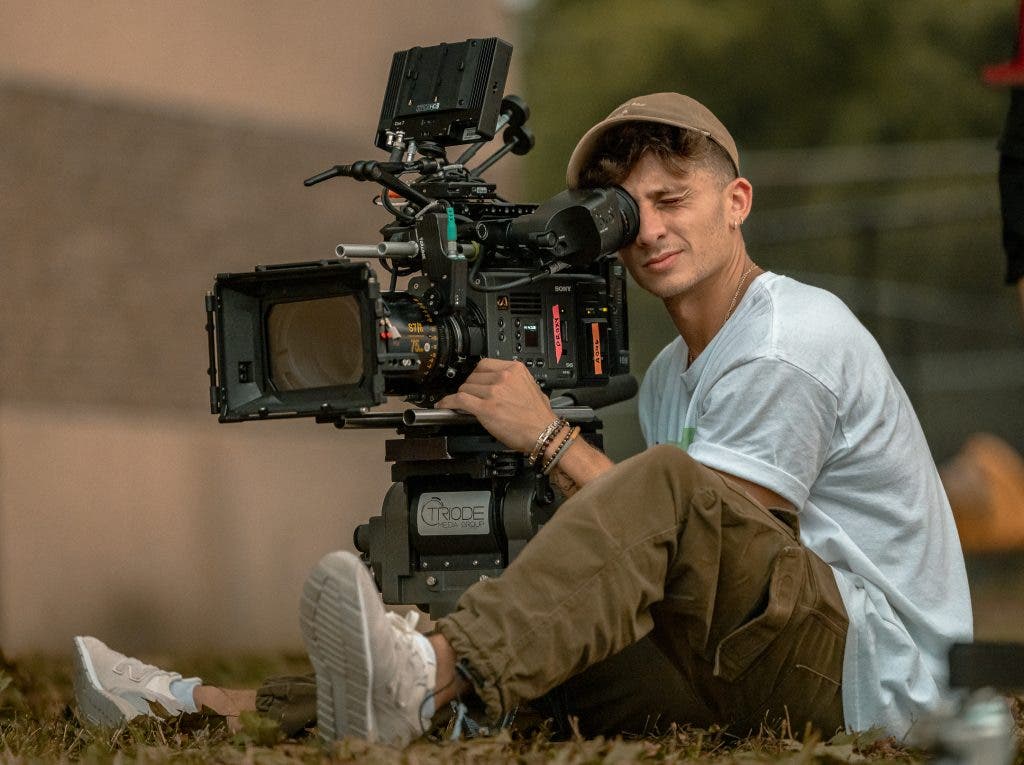
The Venice offers a dual-base ISO of 500 and 2500 which allows for extreme quality in low-light situations where you may not be able to light a scene the way you desire. With this 2500 base ISO, you can get a very clean image without straining the sensor and reducing image quality.
It’s easy to look at all these positives and think to yourself, “This is the perfect camera for everything!” Sure, in some scenarios it is. But frankly, it has its cons, especially at a lower budget level.
For starters, the cost is a huge hurdle in getting access to a Sony Venice. The rental cost of a Sony Venice tends to start around $1,000 to $1,300 per day. For a lot of smaller productions, that’s a tough number.
Now, also consider that you need:
- A lens set
- Batteries
- Media
- Support (heavy tripod)
- A bunch of cables
- A crew of at least 1 or 2 Assistant Cameras
Consider Everything Before Buying the Sony Venice
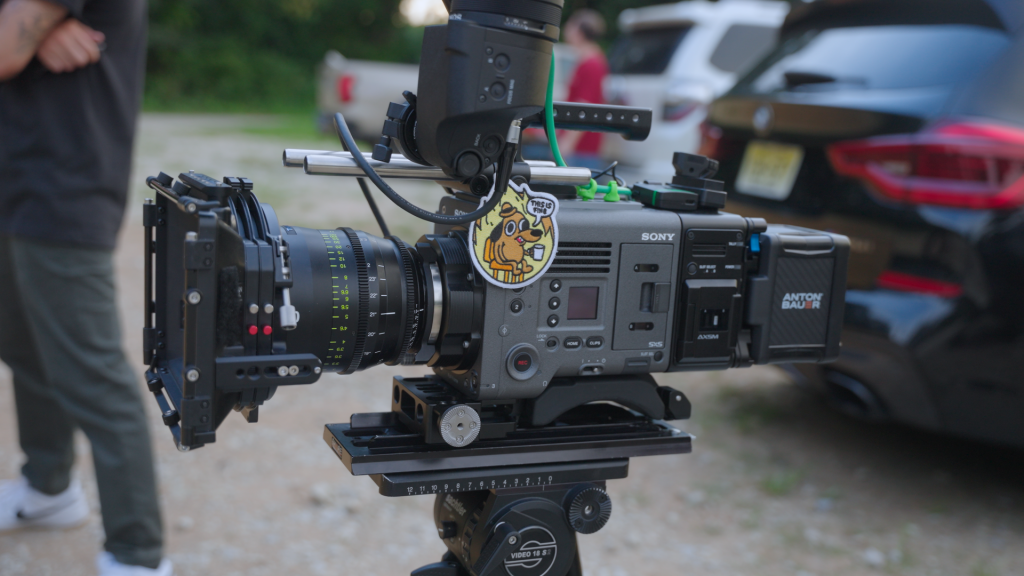
Up front, if you don’t have at least $2,500 for your camera package budget, this package is probably not for you.
Another hurdle with this camera is specialty shots and movement. This camera is quite large, and heavy, and requires a lot of support. Therefore, doing a seemingly simple overhead shot becomes a bit more difficult than it needs to be sometimes. It requires more rigging by the grip team, which also costs money and time.
And say you want to get a nice smooth tracking shot of a runner. You’ll need either a Steadicam operator or a bigger gimbal setup, which isn’t easy to operate if you are inexperienced. So, if you’re working on a production where you can accommodate these cons, this camera is perfect, truly it is.
But without some of those resources, my go-to solution is the Sony FX3.
The Sony FX3
I think it is easy to disparage the Sony FX3 as not comparable to Sony Venice. In some regards, I can agree – but this camera is an absolute powerhouse.
The FX3 is a 12.1 MP full-frame sensor that performs extremely well in low light, it is a very small and lightweight package (when stripped down) and includes in-body stabilization. The native lens mount is E but with adapters, you can put a PL mount lens on the FX3 to be able to get a more cinematic look than the standard E mount Sony Lens.
Why choose the Sony FX3?
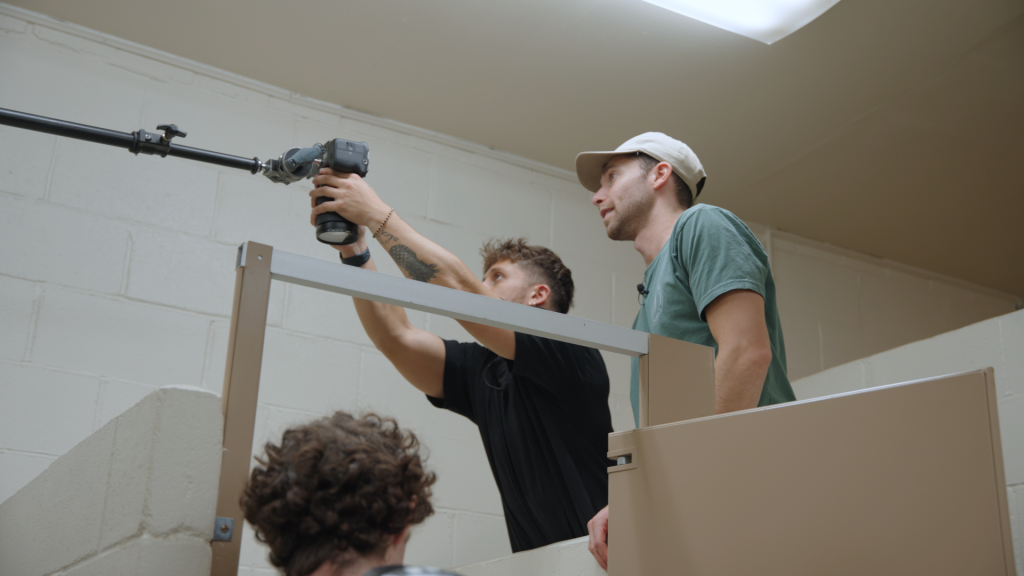
By itself, the FX3 is a great choice for lower-budget productions that require a more fast-paced setup, lost cost, and an easily manageable camera system. While resolution is still amazing at 4K it does not have the full 6K resolution of Venice. But that’s alright, I mean who needs 6K all the time?
Stripped down to bare bones, this camera is very light and versatile. However, it can become a challenge once you start rigging it with monitors, wireless feeds, rods, and focus motors. You see, this camera is not natively built for all those accessories.
Personally, I never fully rigged out an FX3. But what I do find to be truly amazing about this camera is how well it pairs with the Sony Venice. Especially in scenarios where having a small nimble camera like an FX3 really saves the day.
My Experience with the Sony FX3 and Sony Venice
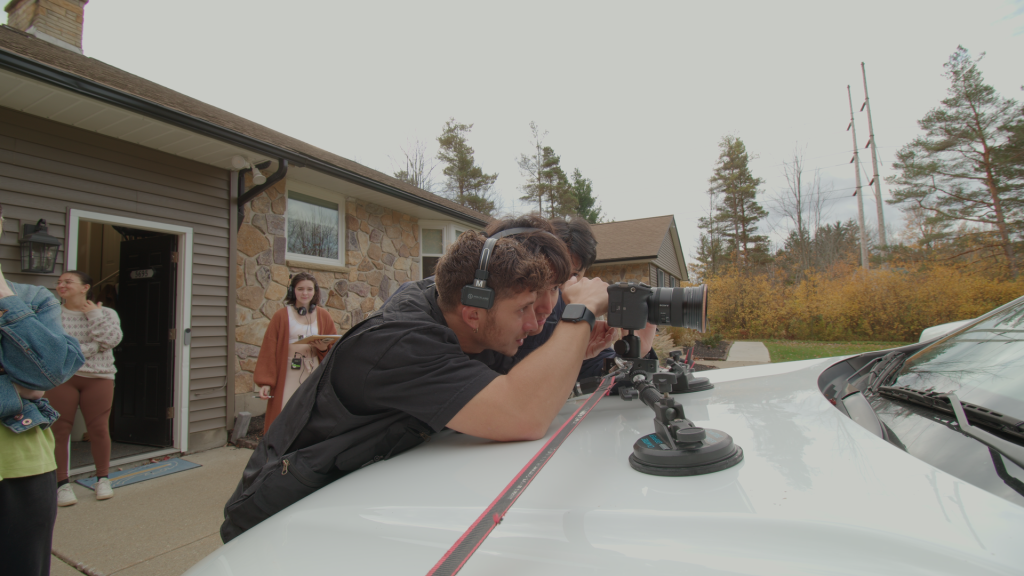
Over the past year, I have worked on a dozen projects where I used both camera bodies. I worked with directors who preferred speed and efficiency over having to spend time rigging a bigger camera. Smart.
The Sony Venice was used as A Cam and the FX3 was used as a specialty camera or gimbal camera. For most of the projects that have used both camera bodies, the Director and I found something out. It’s better to rig the FX3 for an overhead shot than use the Sony Venice, due to time and cost.
Because of the weight and size, you can easily rig the camera overhead to get an overhead shot. Also, if you don’t have the budget for a full Steadicam operator, that’s fine! Throw the FX3 on a gimbal and use that for smaller moments that need that specific look.
As long as you are properly exposing the image out of the FX3, you will easily match the colors in the post. Whether you have a great colorist or not, the colors will match very well – it’s fine. Nine times out of 10 no one will notice the difference for those specialty shots.
Comparison Table: Sony FX3 vs. Sony Venice
| Feature | Sony VENICE | Sony FX3 |
| Image Sensor | Full-frame 36 x 24 mm | Full-frame Exmor R CMOS |
| Resolution | Up to 6K (6048 x 4032) | 4K |
| Dynamic Range | 15+ stops | 15+ stops |
| ISO Range | Dual Base ISO: 500 and 2500 | 80-102400 (expandable to 409600) |
| Recording Formats | X-OCN, ProRes, RAW, XAVC, MPEG HD | XAVC HS 4K, XAVC S 4K, XAVC S-I 4K, ProRes, 16-bit RAW over HDMI |
| Frame Rate | Up to 120 fps at 4K 2.39:1, 60 fps at 6K 3:2 | Up to 120 fps in 4K |
| Focus | Manual | High-precision AF with Real-time Tracking and Eye AF |
| Color Science | Exceeds Rec. 2020 color space, S-Gamut3, S-Log3 | S-Cinetone color science, S-Log3, S-Gamut3.Cine |
| Built-in ND Filters | World’s first 8-step mechanical ND filters | None |
| Lens Mount | PL mount | E mount |
| In-Body Image Stabilization | None | 5-axis image stabilization (Active Mode) |
Understand What is the Role of the Director of Photography
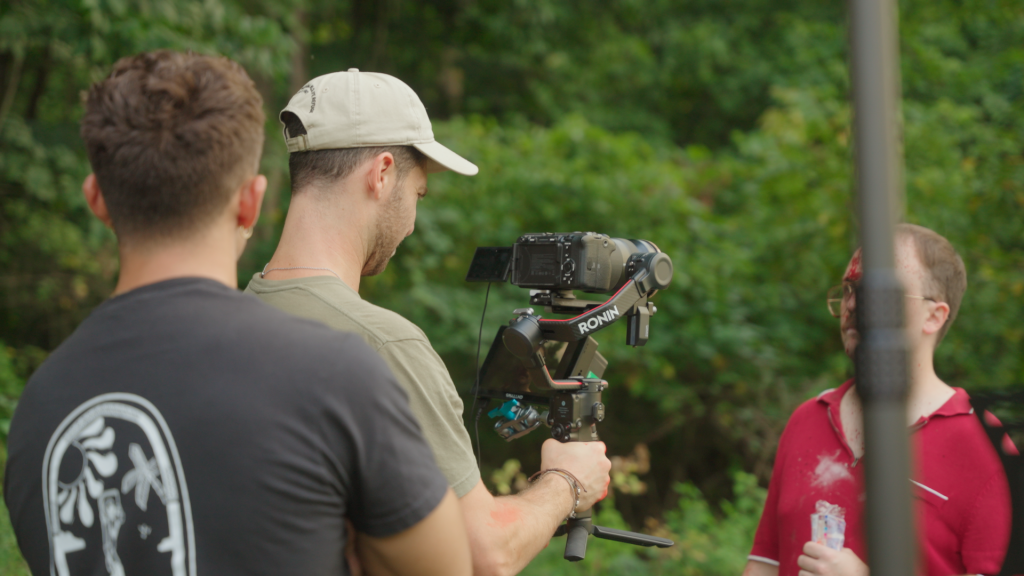
Your role as a DP is to make decisions on what is best for the project you are shooting. Considering time, money, look, ergonomics, and efficiency. Both cameras have more pros than cons, but you need to understand the project you are working on. Figure out the limitations and work within the sandbox created for you.
Get creative with your problem-solving! Just because you are using a Sony Venice for your shot doesn’t mean that the FX3 shouldn’t be a viable option for certain shots.
